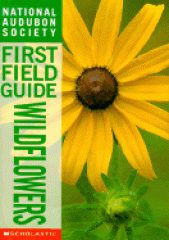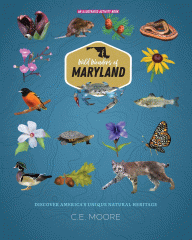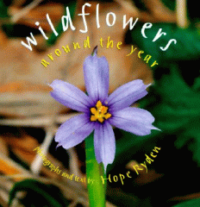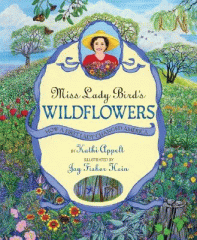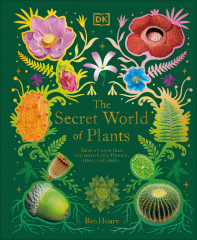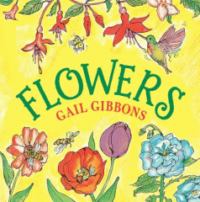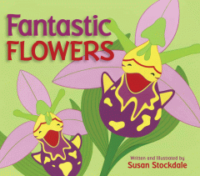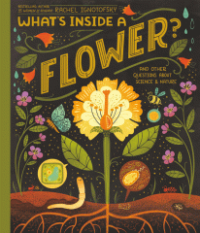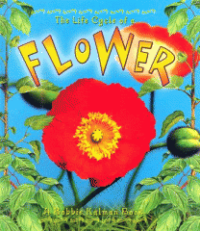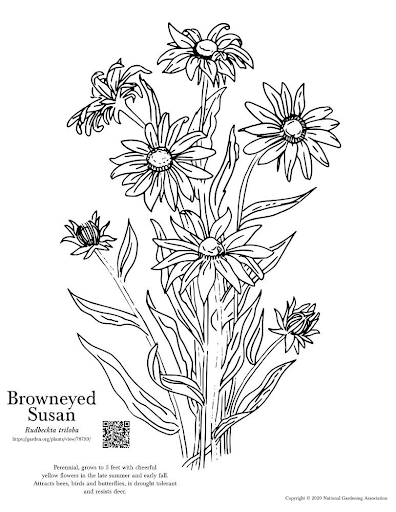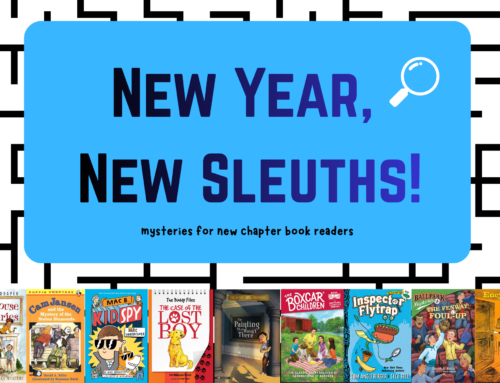
The 2nd week in May is Wildflower Week, which is a great time to go out and admire the flowers!
Wildflowers are not just pretty but essential for the continued existence of many species, such as the monarch and the swallowtail butterflies. This blog will provide interesting facts and book suggestions about these colorful flowers.
Did you know?
Books about Wildflowers
Wildflowers by Libby Romero
A guide for children all about wildflowers.
National Audubon Society First Field Guide Wildflowers by Susan Hood
Provides an overview of wildflowers and where they grow, with specific information about individual species.
The Monarch : Saving Our Most-Loved Butterfly by Kylee Baumle
Every fall, spectacular orange and black clouds of monarch butterflies fill the skies as they migrate from North America to Central Mexico. West Coast populations make a similar, though much shorter, trip to coastal California. The National Wildlife Federation calls the monarch migration “one of the greatest natural phenomena in the insect world.” Not long ago, monarchs numbered in the billions, but in the last 20 years their population has dropped by 90% due to habitat loss from pesticides, modern farming practices, urban development, and other human activity. An estimated one million acres of habitat are lost each year. But today, an army of citizen scientists, students, and gardeners is restoring this beloved pollinator’s habitat — the wildflowers, milkweed, and feeding corridors — so that one of nature’s most beautiful creatures will still be there for generations to come. And it starts in our backyards.
With 448 full-color, highly illustrated pages, Outdoor School is your indispensable tool for the outdoors. This interactive field guide to plant and mushroom spotting includes immersive activities to get you exploring, write-in sections to journal about experiences, and next-level adventures to challenge even seasoned nature lovers. No experience is required–only curiosity and courage. Inside, you’ll find easy-to-follow instructions on how to grow mushrooms with cardboard, compare bark types, count tree rings, survey leaf patterns, create fern spore prints, press and preserve wildflowers–and so much more!
Wild Wonders Of Maryland An Illustrated Activity Book by C.E. Moore
In this illustrated sensory journey of Maryland’s rich wildlife, you’ll find abundant, diverse marine life in the Chesapeake Bay, the nation’s largest estuary. Venture further to learn about a remnant boreal fen, mysterious shallow depressions, a ribbon of barren land underlain by rare, oceanic rock known for its snakelike appearance, and so much more! Wild Wonders of Maryland is a captivating adventure through the state’s wild places and a highlight of the incredible native species. Explore a state that features many unique pockets of atypical species like larch and bald cypress and its most well-known inhabitant, the blue crab.
Wildflowers Around The Year by Hope Ryden
While snow was still on the ground, noted naturalist/photographer Hope Ryden set out to find and document the wide variety of wildflowers that bloom each season. She introduces readers to over thirty wildflowers in backyards, vacant lots, and swamps across the country, from the common dandelion to the rare and delicate nodding ladies’ tresses.
Miss Lady Bird’s Wildflowers : How A First Lady Changed America by Kathi Appelt
This book is a biography of Lady Bird Johnson, who, as the wife of President Lyndon Johnson, reminded citizens about the importance of conserving natural resources and promoted the beautification of cities and highways by planting wildflowers.
The Secret World Of Plants : Tales Of More Than 100 Remarkable Flowers, Trees, And Seeds by Ben Hoare
Plants are found almost everywhere on Earth, but their lives are a mystery to many people. Learn how seagrass flowers are underwater, how the Venus flytrap counts to make sure it catches its prey, and why some tulips used to cost more than a house! This fascinating book for kids explores the vast plant kingdom and explains how plants work and their weird and excellent relationships with animals.
Sidewalk Flowers by JonArno Lawson
This wordless picture book, conceived by award-winning poet JonArno Lawson and beautifully brought to life by illustrator Sydney Smith, is an ode to the importance of small things, small people, and small gestures.
Flowers by Gail Gibbons
Introduces flowers, describing the different types, life cycles, pollination, blooming seasons, and requirements for planting and caring for a flower garden.
Fantastic Flowers by Susan Stockdale
An introduction for young readers to a range of unusual flowers that resemble something completely different. This book provides each flower’s common and scientific names, native range, the insects that pollinate them, and an explanation of the pollination process.
What’s Inside A Flower? : And Other Questions About Science & Nature by Rachel Ignotofsky
In the launch of a new nonfiction picture book series, Rachel Ignotofsky’s distinctive art style and engaging, informative text answer any questions a child (or adult) could have about flowers.
The Hidden Rainbow by Christie Matheson
Illustrations and simple, rhyming text invite the reader to uncover the rainbow of colors hidden in a garden, which helps flowers bloom and bees find food. Includes facts about bees and their importance.
The Life Cycle Of A Flower by Molly Aloian & Bobbie Kalman
Explores the life cycle of flowering plants including where they grow, pollination, and threats to their existence.


